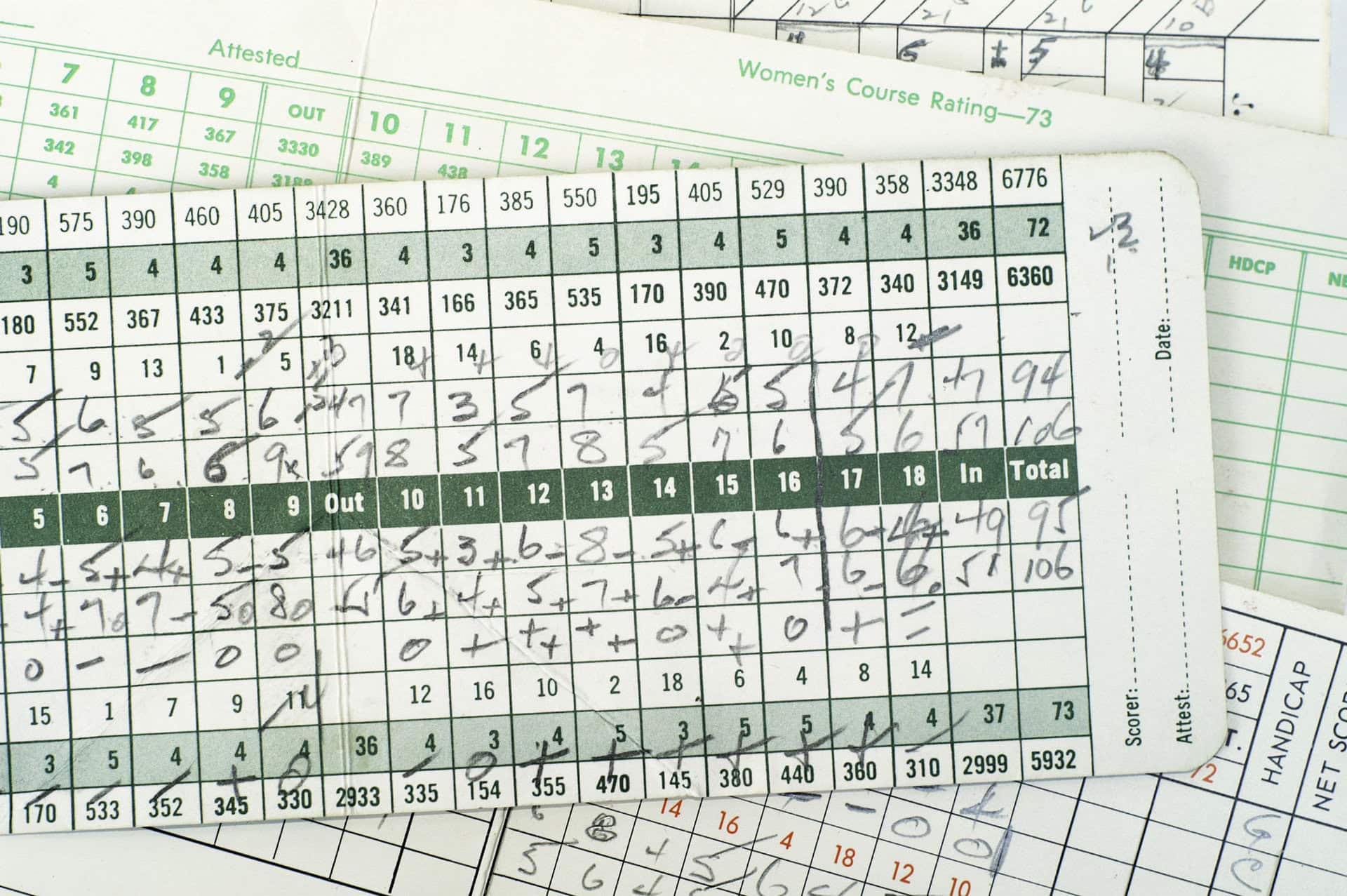How many shots do you get, or have to give away, when you play golf? When we play a competitive round of golf, we usually do so to some kind of handicap allowance.
Why do we need them? The Rules of Handicapping say “handicap allowances are designed to provide equity in different formats of play, over both 9 holes and 18 holes”.
That’s because, according to a USGA FAQ, higher handicap players have the increased potential to shoot lower net scores and, in certain formats, players with lower course handicaps could be at a disadvantage.
They are applied to an unrounded Course Handicap and the result is the Playing Handicap you’ll take into that particular format of play – whether it’s an individual Stableford or a Texas Scramble.
The R&A and USGA set out the recommended allowances when the World Handicap System was established in 2020. They say that for medium-sized individual stroke play events they will give “all players a similar chance of finishing in the top 10% when playing well”.
In match play, or team events, the allowances are designed to “give each player or team the same chance of winning”.
But what are those allowances? Some of the below will be obvious and ingrained into the memory, but what a Chapman greensomes, or a three player scramble?
If you’re looking for a Stableford handicap allowance, or a 4bbb handicap allowance, here are those for the most popular formats of the game…

Golf handicap allowances under WHS
Individual stroke play, Stableford, par/bogey, maximum score: 95%
Fourball stroke play: 85%
Fourball Stableford: 85%
Fourball par/bogey: 90%
Individual match play: 100%
Fourball match play: 90%
Foursomes: 50% of combined team handicap
Greensomes, Pinehurst/Chapman: 60% low handicap + 40% high handicap
Best 1 of 4 stroke play: 75%
Best 2 of 4 stroke play: 85%
Best 3 of 4 stroke play: 100%
Best 4 of 4 stroke play: 100%
Scramble (4 players): 25% low/20%/15%/10% high
Scramble (3 players): 30% low/20%/10% high
Scramble (2 players): 35% low/15% high
It’s important to remember that these handicap allowances only count as part of Playing Handicaps. They do not have any bearing on the score differential that is calculated when you return an acceptable score under the World Handicap System.

Frequently Asked Questions about the World Handicap System
What is it?
Also known colloquially as WHS, the system was developed by the R&A and USGA together with existing handicapping bodies around the world.
Advertisement
Designed to be unified, it aims to provide a “single, consistent measure of playing ability that calculates a golfer’s handicap in the same way regardless of their location in the world”.
It is now used by more than 120 national associations. With the Rules of Golf, Rules of Handicapping and Rules of Amateur Status under a single set of regulations, WHS brought handicapping under the same umbrella.
What are the benefits?
The R&A, on their website, say the benefits of WHS are:
- Consistency of calculation around the world;
- Portability of handicaps from course to course and country to country;
- As the world becomes a smaller place with a much greater frequency of international play, the development of a single handicap system facilitates easier administration of international events;
- The potential for National Associations to focus attention on other areas.
How does it work?
Your Handicap Index is worked out from the lowest scoring differentials in your record. A full record is considered to be one that contains at least 20 scores.
The index is then calculated by averaging the best eight of those 20.
Having obtained a Handicap Index, that is converted into a Course Handicap which takes into account the difficulty of the course and the tees from which you are playing.
Working out that number requires considering a number of factors, including Course Rating, Slope Rating and Bogey Rating.
In competitions only, depending on the format, an allowance can then be applied that changes the Course Handicap.
But this Playing Handicap, which aims to provide equity, does not affect the Score Differential produced for your handicap record.
Now have your say
What do you make of these WHS handicap allowances? Is 90 per cent too much for fourball match play? Should individual scores always be at full handicap? Let us know by leaving a comment on X.
Advertisement
